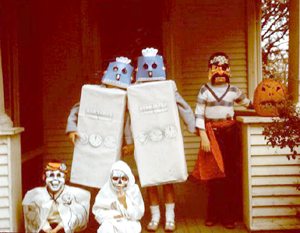This past week, I watched a friend’s dream come true. It was decades in the making and I was surprised at the emotions it evoked in me.
This seems important to remember when we’re writing plays. Or growing herbs. Or helping loved ones with illnesses.
A friend of mine has had her first book published (and yes, she already has her second book written and ready for publication) and she’s now on a publicity trail.
In our salad days we were acting students together, and she was funny, irreverent and spunky. She still is. Back then, we were cast in a rather awful play about Catholic School Girls in Trouble, and we did some Shakespeare (she played Pandarus in Troilus & Cressida). She ran a theatre company, did a lot of producing and directing.
We’ve kept in touch over the years, did a couple of shows together, and then she spent some time in London researching a book she was writing.
This past week, she gave a reading at a book store in Pasadena for the first leg of publicity for her book. I sat up close and watched her as she was introduced, and then read sections from her book. She took questions from the audience, and talked about what it took for her to begin, and more importantly, to finish this book.
This was a great experience to share – I saw her young face, her face when we were young actors together, and her face now as she read her book.
Her voice took on the characters in her book, much like a play. You could see how much she loved this book, these characters, this creation.
I was so proud of her, thrilled to hear how much the crowd wanted to be in her story, wanted to know what she had been through, wanted to live through this moment of hers.
Yes – in the car on the way home that night I did find my own monsters of jealousy, inferiority, and whatever self esteems issues I could muster up. But I also had these images of her face as she faced her audience, and that’s what really stayed with me afterwards: the wonder, the appreciation, the self awareness, that yes, here it is, the dream you’ve been chasing.
I know we all experienced that writing can be lonely business. But I did see this few hours of getting to read your work to an audience, getting to be asked what did it take, where did it come from, all that is a blip on the radar, after years of writing and writing and then the dice game of getting published. I did get to see what it feels like to have a dream take shape, and happen and go forward.
So that was a gift in the beginning of this new year. And I’ll take it, and cherish it.
Like this:
Like Loading...








